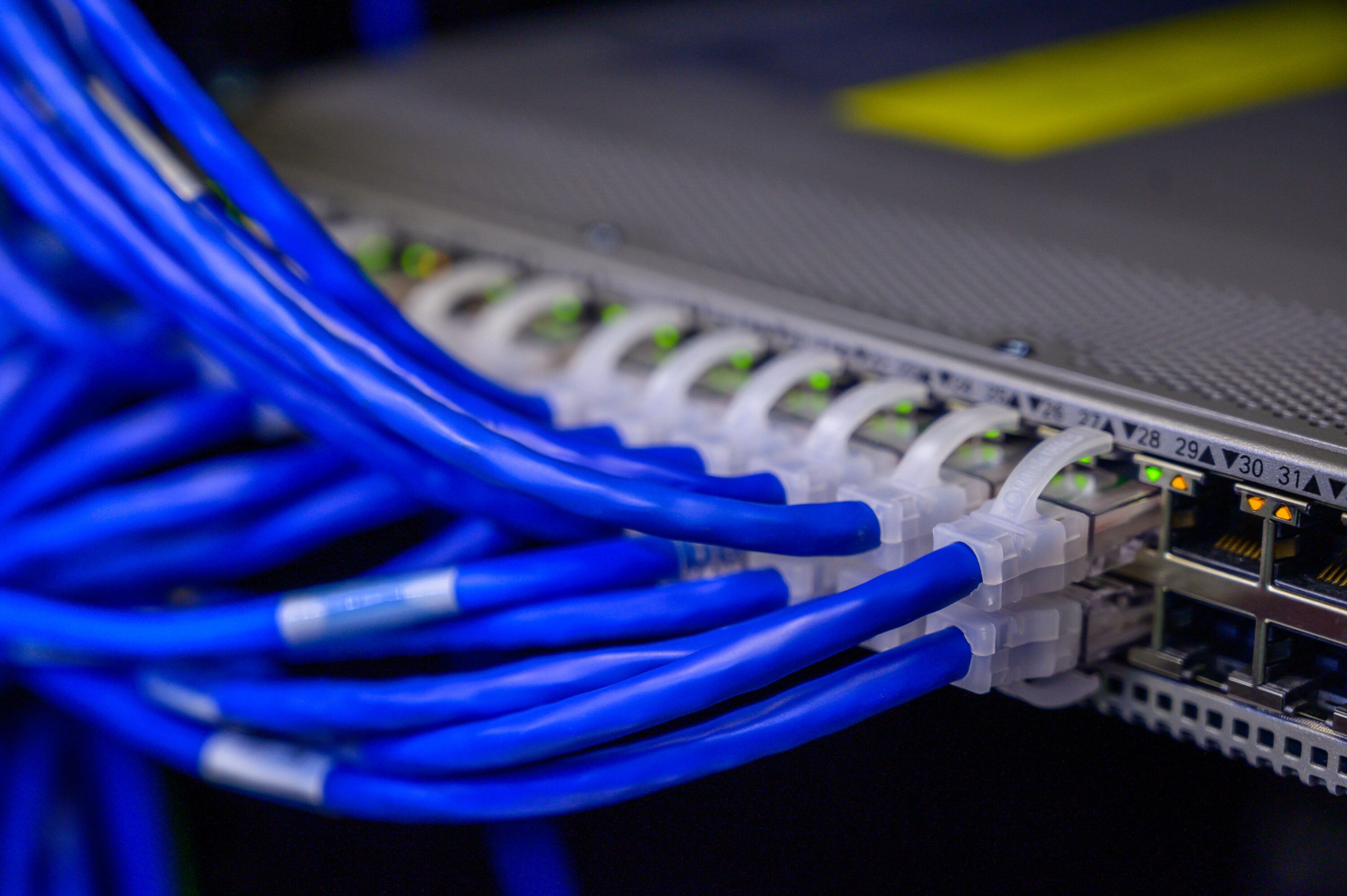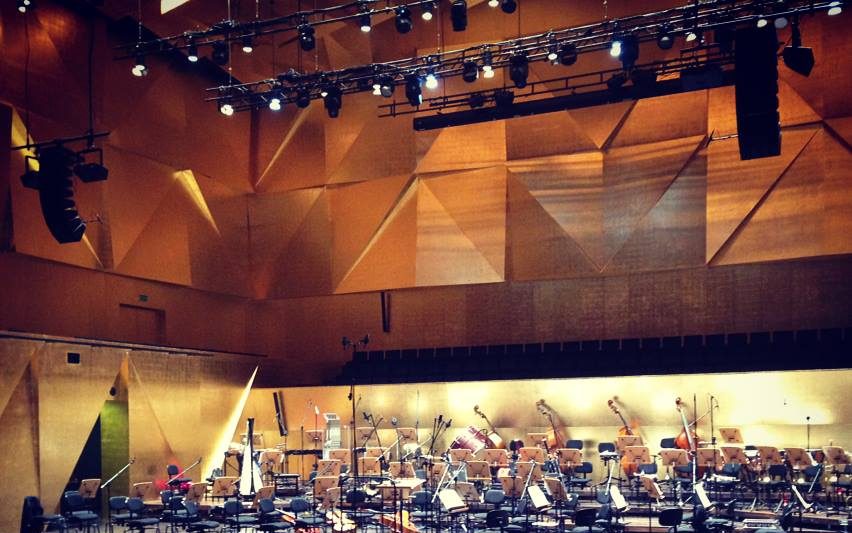Audio Technology Training Advanced
This course covers the following topics:
- Audio signal processing technology
- Deeper dive into acoustics
- Sound – basic concept, preferences
- Sound wave reflections and their influence on perception
- Diffusion of sound waves
- Reverb, echo – basic concepts, preferences and their simulation
- Electro-acoustic processing
- Electro-acoustic hardware
- Microphones positioning
- Proximity effect and using multiband compressors
- Tips&Tricks
- Preamps vs. converters
- Software in audio mixing
- DAW Software – explanation of the concept and how it relates to live mixing
- Deep dive into:
- Compressors/Expanders – parallel and sidechain, key filtering
- Gates – keying, filtering
- Panning
- Exciters
- Saturators
- Reverbs and using them for different purposes
- Digital recording and sound processing
- Modern computer types and their topology
- Operating systems and their characteristics
- A/D and D/A converters – how they work and their properties
- Hardware and software audio processing
- Clocking and synchronization of digital hardware
- Recording and streaming audio – codecs, bandwidth etc.
Audio Technology Training Basic
This course covers the following topics:
- Sound Engineering philosophy
- The Job
- Methods
- Good habits and what to remember
- Audio signal processing technology
- Basics of acoustics
- Electro-acoustic hardware
- Microphones
- Types of microphones and brief description on how they work
- Sound and directional characteristics
- Hardware in audio mixing
- Brief description and rules
- Hardware mixers – explanation of the concept
- Audio Mixer structure
- Audio channels and available parameters/tools
- Faders
- Busses
- Parameters/tools
- Gain
- Equalizer
- Compressors – basic explanation
- Panning
- Auxes / Busses
- Effects
- Gain staging
- Amplifiers
- Speakers
- Brief look at digital and network audio connections
Audio centric networking
Course tailored for specialists that deal with networking in audio/video environments.
Simplified and compressed knowledge without unnecessary details.
The course includes (depending on option you choose) topics like:
- OSI Layers – brief description to help understanding how networking works from electrical connections up to computer applications (Layer 2 vs. Layer 3, IP vs. MAC)
- ARP table
- What are the IP addresses, subnets, subnet masks, gateways, VLans, and how to use them
- What is DHCP
- Specific IP ranges and their purpose
- Ports vs. Interfaces
- Specific TCP ports and their purpose
- Most important protocols and services for AV (Discovery, Control, Clocking, AV streaming)
- Zeroconf, Self assigned IP’s, mDNS, Bonjour
- Unicast, Multicast, Broadcast
- IGMP Snooping
- AoIP protocols – (Dante – AES67, AVB – Milán)
- Transmission synchronization (Clock)
- Troubleshooting, tools
- Workshop



